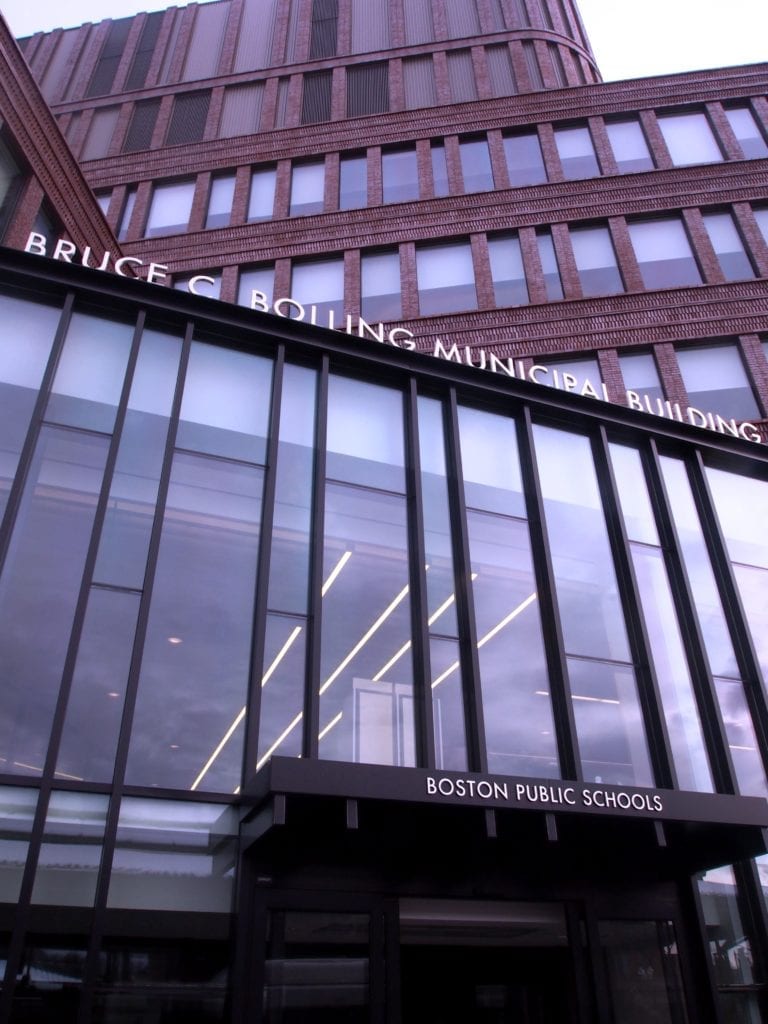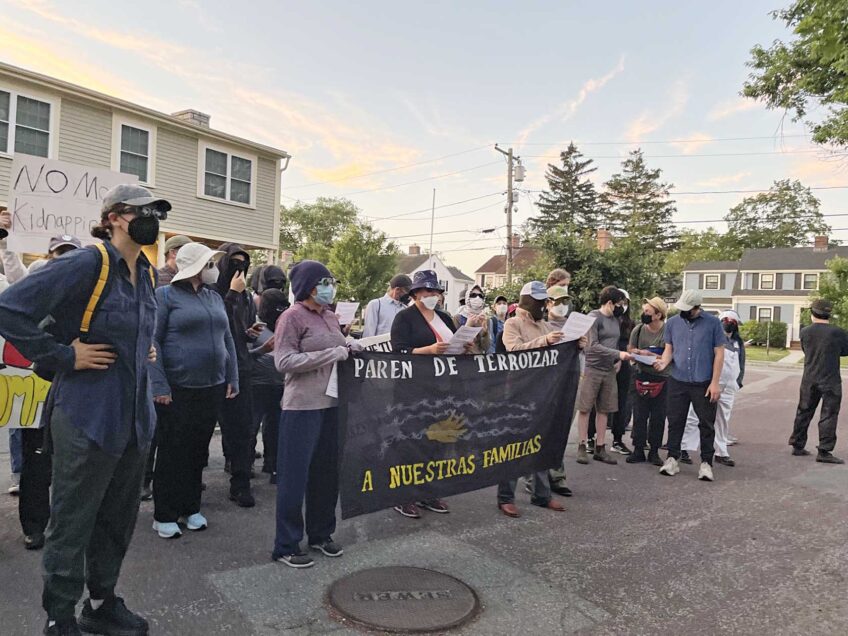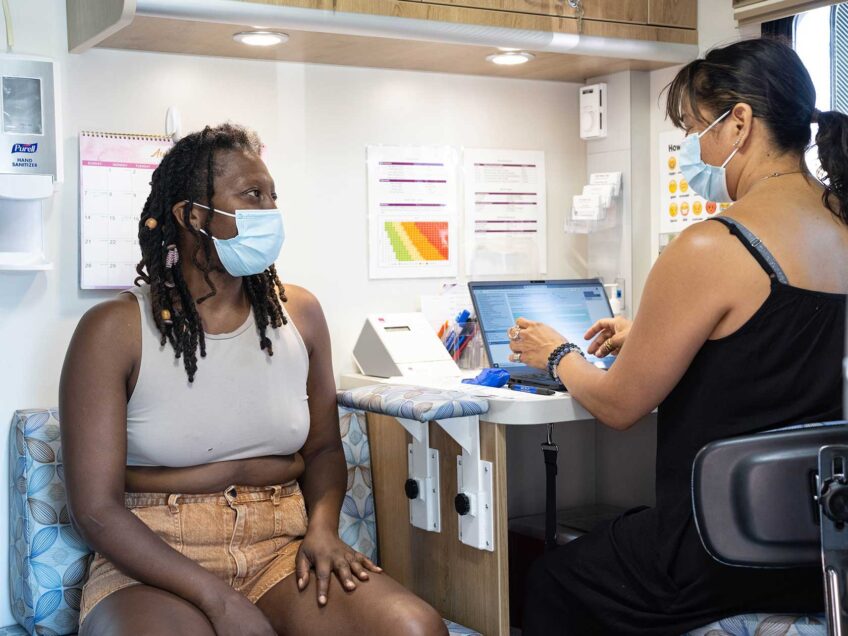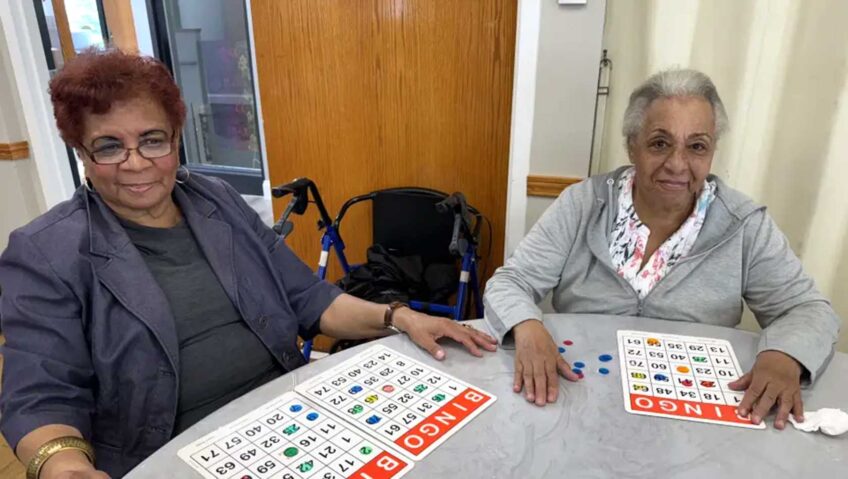
When the current home-based student assignment policy was instituted in 2013, Boston Public Schools officials promised to make public an annual assessment of how the policy would affect equity in the system. While officials in the administration of then-Mayor Thomas Menino assured parent activists the new system would ensure that every student has access to high-performing schools, many feared the change from the previous geographic-zoned assignment system would limit parental choice for the black and Latino students who make up the majority of those in BPS schools.
At the time, say members of the group Quality Education for Every Student, Boston School Committee members agreed to review and assess assignment plan data. But four years later, BPS has released little data and conducted no comprehensive analysis, members of the group say.
“I’m sure many of you remember the slogan, ‘Quality schools, close to home,’” said QUEST member Kevin Murray during last week’s School Committee meeting. “A data-based review was going to tell us if the home-based system was delivering on that slogan. Where’s the data?”
School department officials did release some information in 2014 and 2016, but QUEST members and others at last week’s School Committee meeting said it was incomplete. In the 2016 presentation, BPS officials showed that access to quality schools increased for the 25 percent of students who previously had the least access to Tier 1 or Tier 2 schools. But John Mudd, a former senior project director with Massachusetts Advocates for Children, noted that the same dataset demonstrated that access to quality schools had actually declined for the other three-quarters of the students in the system.
The 2014 numbers released by the school department showed that black students — at just 13.5 percent — were the least likely to be placed in Tier 1 Schools. Asians, at 46.9 percent, were the most likely, with whites, at 35.8 percent, the second-most-likely.
But the reports released to the School Committee did not include basic information used when the home-based student assignment system was developed by the external advisory committee, whose findings later were made public, said Meghan Wolf, a parent activist with QUEST.
“We recognize that some data has been presented via ‘preliminary updates’ in 2014 and 2016, but these are very, very limited in scope,” Wolf testified. “There was no information on access to quality for students with special needs or English-language learners, for middle school students or by socio-economic status.”
Under the home-based assignment system, parents enter their address. An algorithm developed for BPS then generates a list of schools within a one-mile radius of the student’s home, with at least two Tier 1 or 2 schools included. If there are no top-tier schools within a mile of the student’s home, the algorithm will pick schools farther away. Parents then rank their choices before BPS returns their assignment.
The home-based system applies to elementary and middle schools. At the high school level, the most sought-after schools are the city’s exam schools, all three of which are in or near the Roxbury area.
The QUEST members brought a birthday cake to last week’s School Committee meeting with the words “Where’s the data?” written in blue icing on the top in a mock celebration of the fourth birthday of the home-based assignment system.
Neighborhood schools?
Boston’s school assignment system has been hot-button issue for years, with many parents in fierce competition for seats in high-performing elementary schools. With many lower-performing schools concentrated in Roxbury, Dorchester and Mattapan — the predominantly low-income neighborhoods with the highest concentrations of black and Latino students — assignments previously were made under a so-called controlled choice system, which afforded students within a mile of an elementary school “walk zone” preference for half the seats in the school, with the other half available to any students living in whichever of the city’s three zones the school was sited.
In his 1998 State of the City speech, Menino began the process of ending the zone system with a promise to return the city to neighborhood schools, and a pledge to build more schools in the city’s black and Latino neighborhoods. Over the next 15 years, the Menino administration made good on that promise, constructing large-capacity schools such as Mildred Avenue, Lilla G. Frederick and Orchard Gardens.
But parent activists and black elected officials pushed back on Menino’s promise to return to the neighborhood schools model, many citing the unequal allocation of education resources that led to court-ordered desegregation of the schools in the 1970s.
While the Menino administration dropped the phrase “neighborhood schools” from its new assignment plan, QUEST members who testified last week charge that the numbers of black and Latino students at some schools in predominantly white areas has plummeted. QUEST member Karen Oil noted that many students are no longer eligible to attend schools in neighboring Charlestown and the North End, despite being within the one-mile walk zone (although separated by Boston Harbor). The School Committee approved an amendment to the assignment plan, which barred East Boston families from schools that would require buses to travel through the tunnels to Charlestown. (A similar rationale and provision exempting East Boston existed in the “Phase II Student Desegregation Plan” issued by the federal court in May 1975.)
“Since 2010, the African American and Latino student populations have been reduced by half at the Eliot School [in the North End],” Oil testified. “The white population, however, has increased by 65 percent during these same years. These changes will become only more pronounced in the future based upon current enrollment in the Eliot School’s kindergarten class. The school’s kindergarten has precisely one African American child in it this year. There are only three Latino children enrolled.”
Oil asked the School Committee to investigate the extent to which the assignment policy has affected East Boston students’ access to Level 1 schools.
More to come?
Murray noted that BPS officials have been discussing yet another change to the student assignment process that would combine the application process for the district’s schools with that for Boston-based charter schools. BPS officials announced its “unified enrollment” plan last year, to mixed reception from parents.
“What would make anyone think that it makes sense to engineer such a major change in the assignment system without any serious look at how the present system is impacting access to quality education in the BPS?” he testified.
BPS officials did not directly answer questions for this article, but a spokesman for the department emailed the Banner the following statement:
“Boston Public Schools is in the process of creating a Request for Proposal for an external consultant to conduct a preliminary equity analysis for the district’s Home Based Assignment Plan using data from the past three school years, and to use the findings toward a full equity analysis beginning in the 2017-2018 school year. The analysis will focus on the challenges BPS sought to address with the establishment of the Home Based Assignment Plan, which include student access to high quality schools closer to home while preserving diversity at all schools.”







